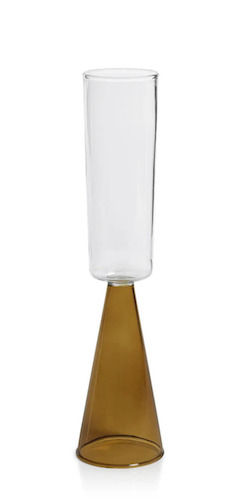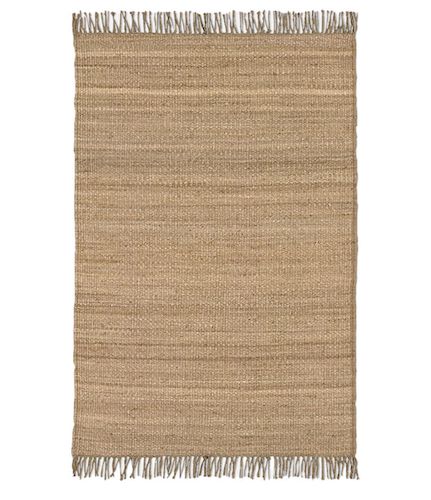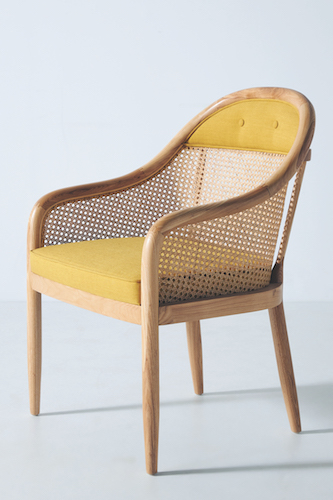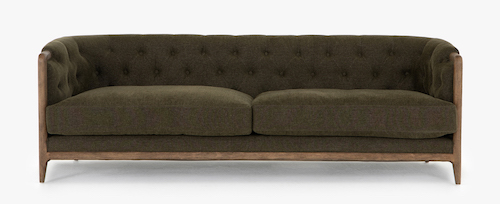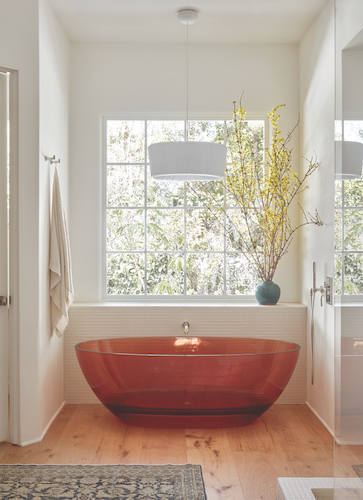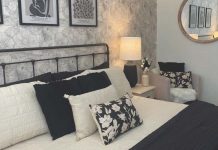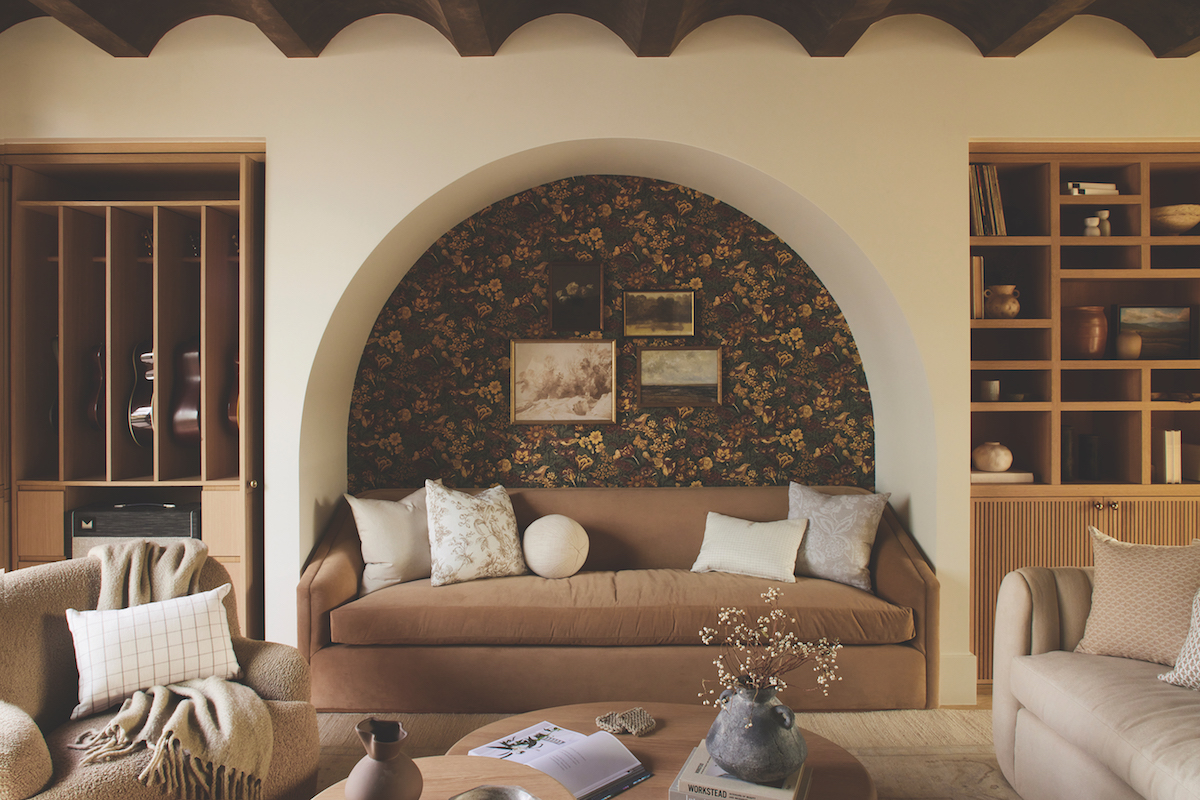
Nature’s bolder shades add dimension and personality to any home space.
By Ashley Breeding
“Earth tones,” a term used to describe a design palette mimicking the natural landscape, often refers to muted browns, greens and grays that evoke feelings of calm and a connection to the outdoors. But beyond basic beige and sage exists a warmer, more vivid variety—wild mustard carpeting Newport’s canyons; yellow-green olive leaves; shore lichen, golden or ruddy, banded to inland rocks; even the chocolate hues of mud. These bolder colors complement nature’s more subdued shades and add a punch of personality.
Interior designer Lindye Galloway, a Newport Beach resident and founder of the eponymous studio and shop in nearby Costa Mesa, leans on this broader palette for many of her clients who wish to invite the outdoors in. “I gravitate toward using these [bolder] earth tones in bedrooms, bathrooms or even smaller living rooms,” she says, noting a preference for lighter hues in larger spaces, like a great room.
Bolder colors also look best in rooms with ample natural light, says Galloway, whose residential projects have appeared in magazines like Architectural Digest, Elle Decor and House Beautiful. “Getting a sense for a room’s natural light throughout the day can have a huge impact on the type of colors you infuse,” she says. “I begin by looking at a room holistically. I think about the color tones and patterns I want to mix into the space. Then, I try to build a design that is balanced, curated and [has] just the right amount of variation.”
Galloway sticks to either a warm or cool palette, as well as only two or three colors in different shades. “My philosophy is to keep tones consistent and grounded. Any more and [a room] can become busy,” she says, noting this as the opposite of the intended effect of incorporating earth tones.
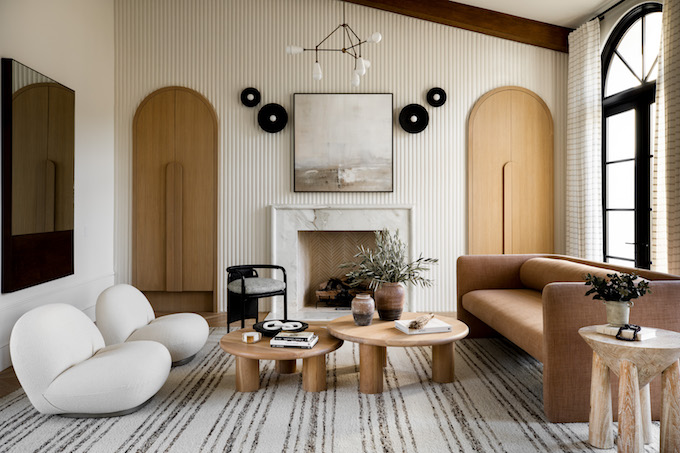
When starting a new project, earth-toned limewash paint and plaster are the “perfect foundation … [for] then adding furniture pieces that bring an extra layer of earthy feel,” Galloway explains. “Taupe and dark browns are a safe neutral color that bring a sense of calm and allow you to layer in other color tones. Colors like deep reds and greens are coming in and are here to stay. With those tones, I like to keep everything else more neutral, so it balances the look.”
Layering texture—with fabrics, decor or art—is the finishing touch. While Galloway says artwork should complement furnishings to “maintain a cohesive feel,” a variety of media can work in most spaces. “Play around with different types of art, … landscapes to abstract to even sculptural, to see what works,” she says. Above all else, the style of your surroundings should make you feel good.
From the Ground Up
These products, available locally, will help you build spaces that bring outdoor hues in.
